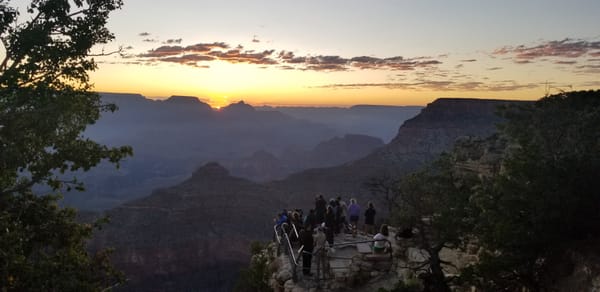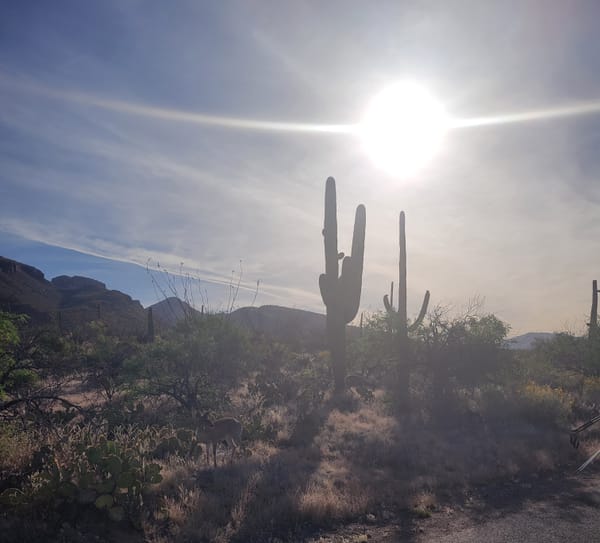DeGrazia Gallery in the Sun
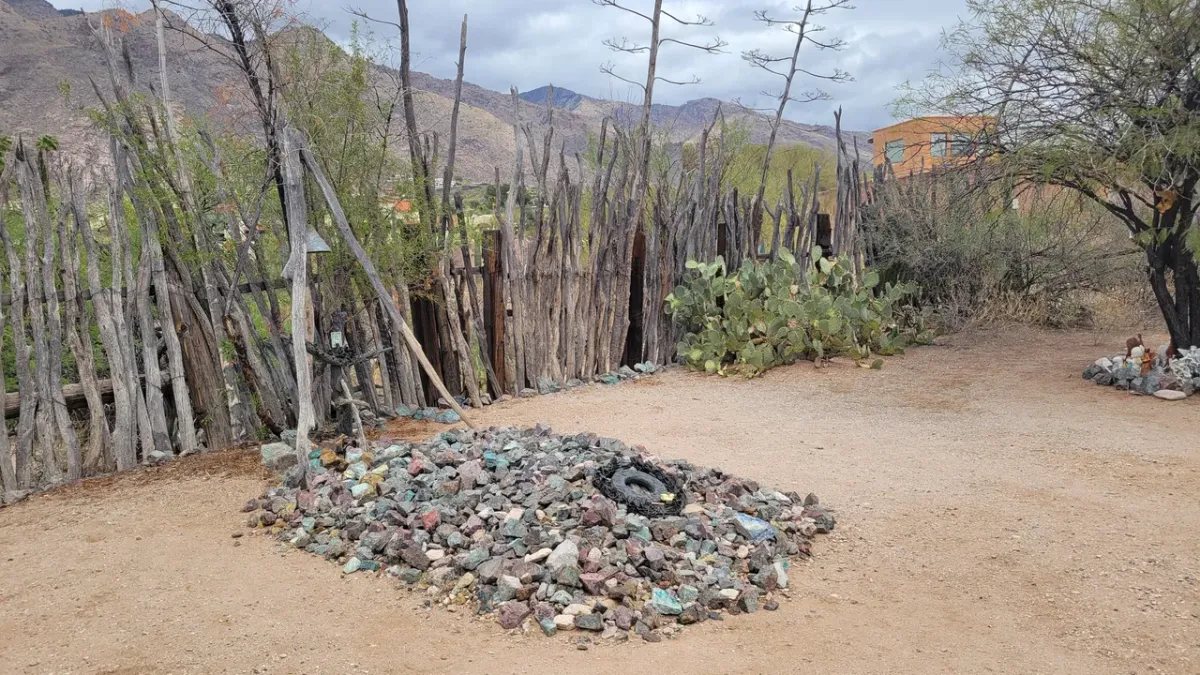
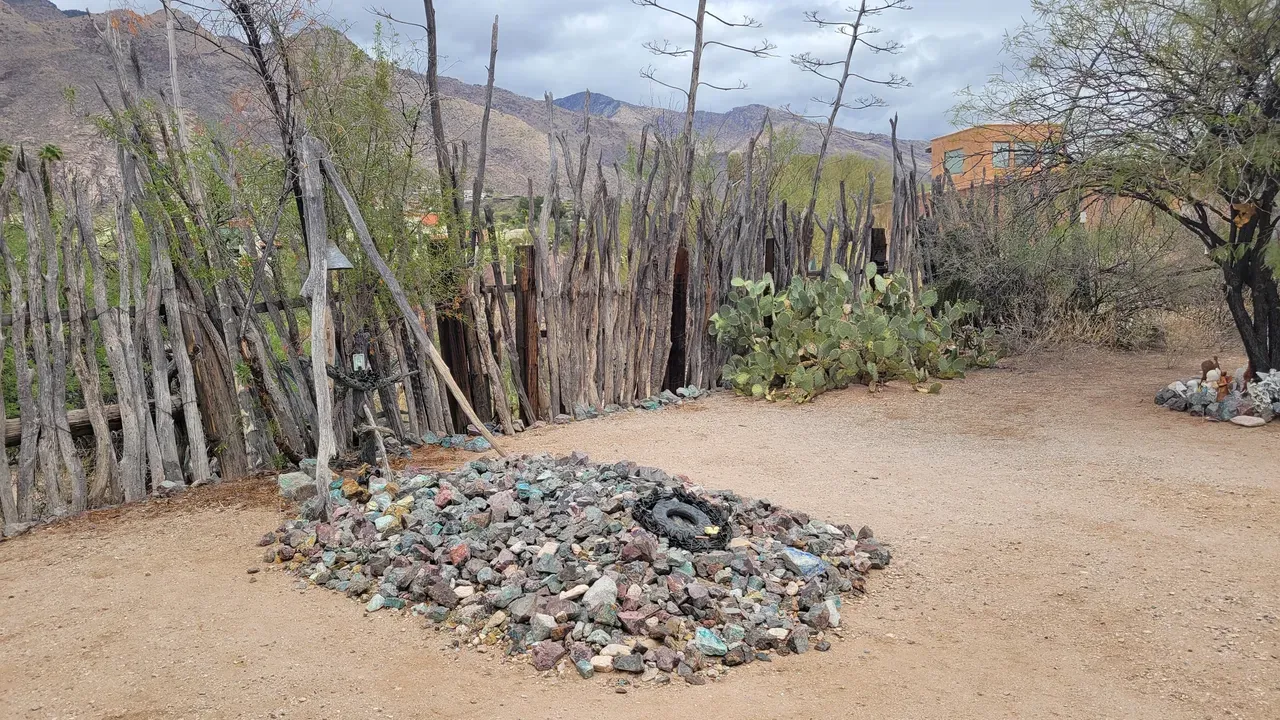
Tucked into the edge of the Santa Catalina Mountains in Tucson, the DeGrazia Gallery in the Sun isn’t just a museum. It’s an experience. Built by the artist Ettore “Ted” DeGrazia himself, the space is a celebration of desert life, native cultures, and the power of creativity rooted in place. It’s one of those rare places where the land, the architecture, and the artwork speak the same language.
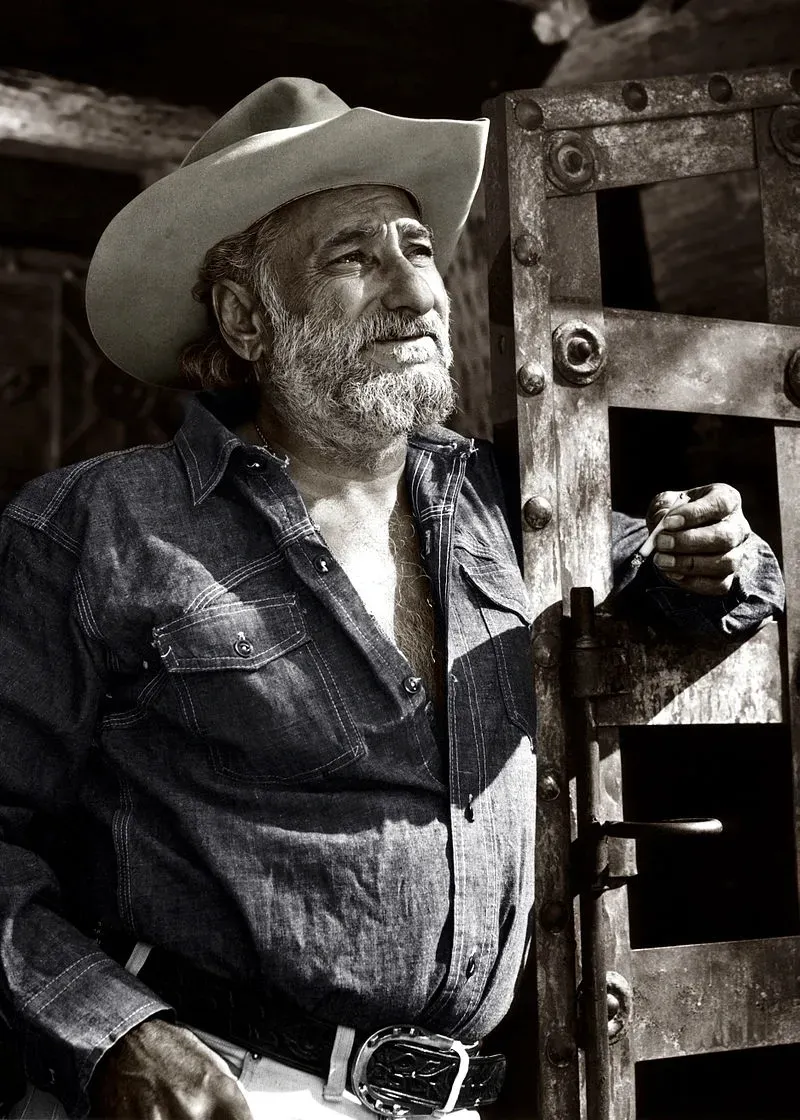
Who Was Ted DeGrazia?
Born in Morenci, Arizona, in 1909, Ted DeGrazia was the child of Italian immigrants and a product of the rugged Southwest. His art career took off after studying under Mexican muralists Diego Rivera and José Clemente Orozco, and you can see that influence in his bold lines and expressive colors. Unlike Rivera, who painted revolution, DeGrazia painted spirit. He focused on Indigenous children, Catholic missions, desert landscapes, and the timeless rituals of the Southwest.
Though widely known for his UNICEF greeting card artwork of Native children, DeGrazia was fiercely independent. He had no interest in the art world's politics or gatekeepers. In the 1970s, in a dramatic act of protest against the inheritance tax on artists’ estates, he famously hauled dozens of his paintings into the Superstition Mountains and burned them.
That act wasn’t just symbolic rage. It was a statement about how he wanted his art to live beyond commerce. He wanted it to remain accessible and grounded, not auctioned or locked away. That mindset shapes everything about the gallery he built.
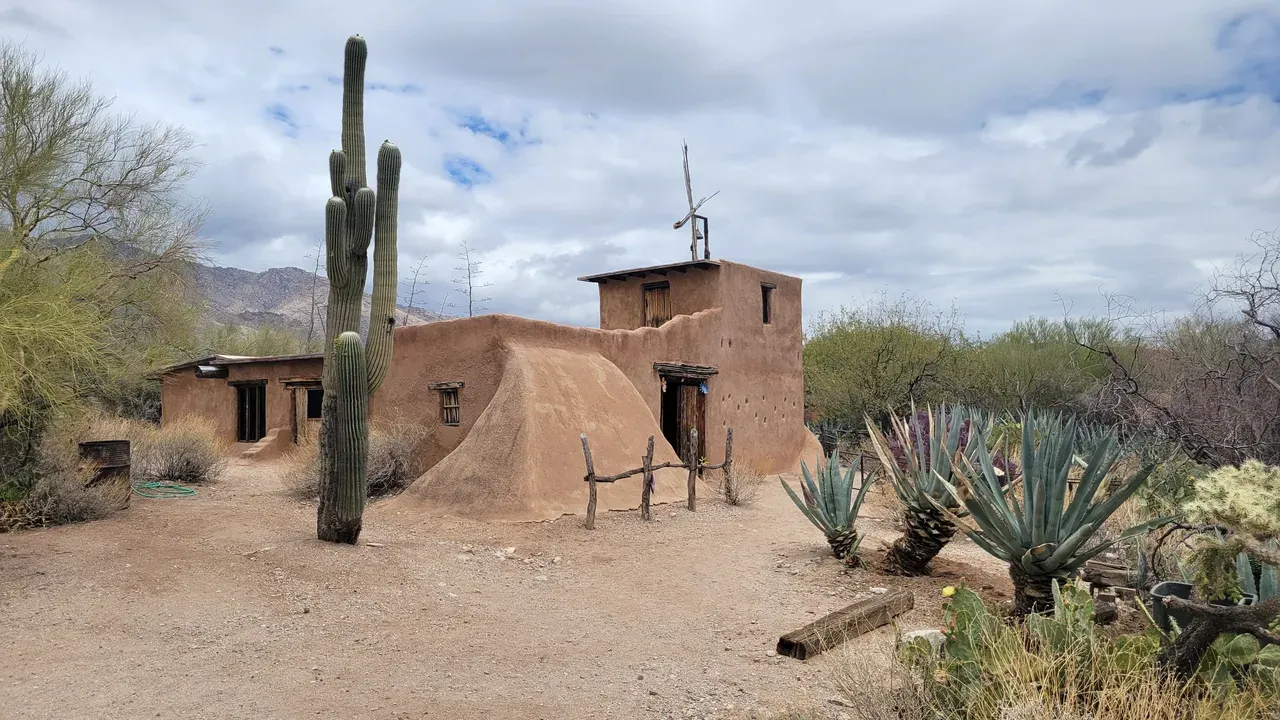
The Mission in the Sun
One of the most striking structures on the site is the Mission in the Sun, a small open-air chapel DeGrazia dedicated to Our Lady of Guadalupe in 1952. Inside, his murals cover the adobe walls, and the ceiling is made of saguaro ribs. It’s not polished. It’s weathered and sacred in a way that feels genuine. In 2017, a fire damaged much of the mission, but restoration efforts have brought it back, retaining the original spirit and imperfections.
The Mission is more than just a structure. It serves as the emotional center of the entire property. Many visitors describe feeling a stillness when they enter. No matter your beliefs, it’s hard not to be moved by the space. There are no ornate altars or golden icons. Just raw adobe, flickering candles, and the kind of silence that invites reflection.
DeGrazia wanted it to be a space for contemplation, not promotion. To this day, people still leave notes, candles, and photos on its modest altar.

The Work Itself
DeGrazia’s art is immediately recognizable. His work features soft, rounded figures, saturated colors, and a deep sense of emotion without relying on realism. His subjects range from solemn Catholic processions to joyous festivals and quiet desert animals. You can find works from every phase of his career here: oils, watercolors, ceramics, and even stained glass. Unlike many museums, the art here feels alive, not frozen behind glass.
He painted in series, often returning to similar subjects to explore them in different moods. A child kneeling in prayer, a mother walking a dusty trail, a procession of masked dancers. They capture memory, not fact. They feel universal but deeply Southwestern, and they feel honest.
You’ll also find pieces that reflect his deep knowledge of music and architecture. Some rooms are filled with musical instruments and framed sheet music, reminding visitors that DeGrazia didn’t see art as limited to paint. It was a way of life.
It’s not just a monument to one man. Some parts of the gallery rotate exhibitions or highlight local artists, keeping the space connected to the present-day creative life of Tucson.

Why It's Worth a Visit
Visiting the DeGrazia Gallery in the Sun is not about checking a box or seeing a famous painting. It’s about stepping into a vision. This is a place where one person’s art, beliefs, and love for the desert became something you can still walk through.
It’s quiet but never boring. There’s a sense of presence to everything here. You can feel the weight of the sun. You can hear the gravel under your feet. You can see the hand of an artist who was less interested in perfection and more invested in truth.
There are more famous museums in Arizona. There are larger galleries. However, few places are as personal or as poetic as this one.


